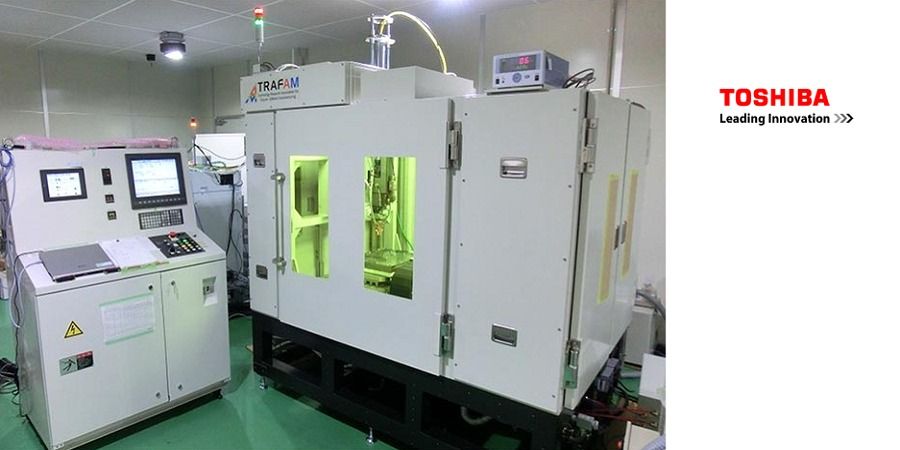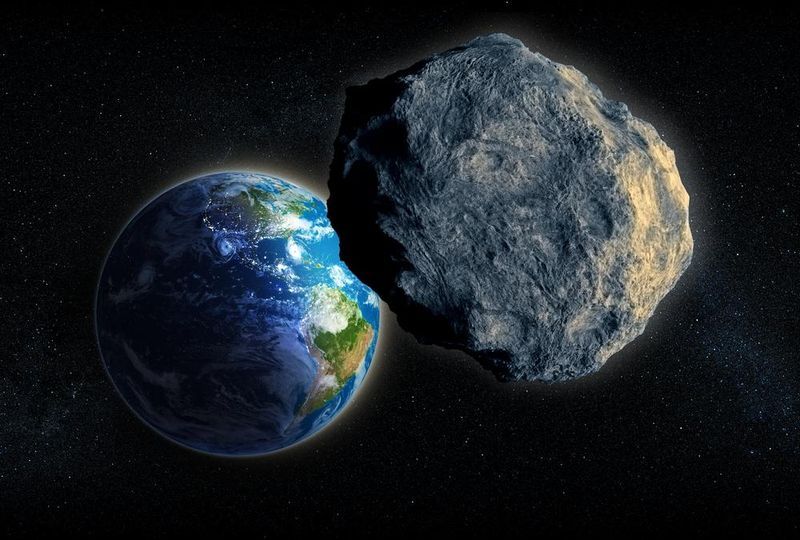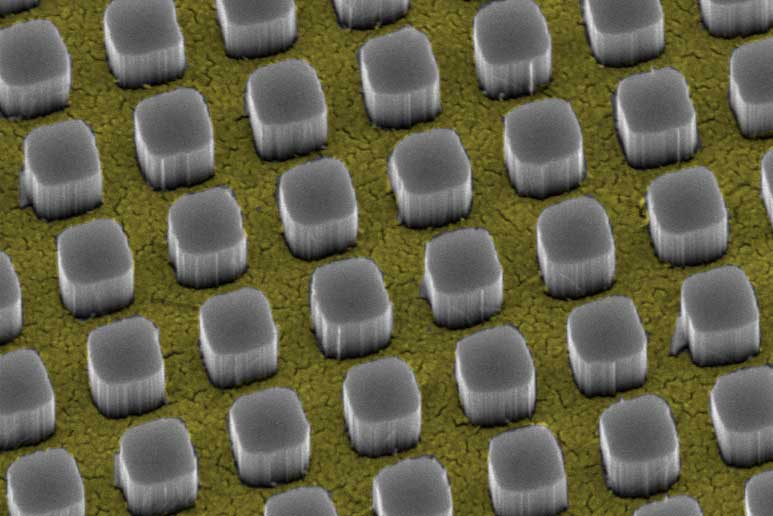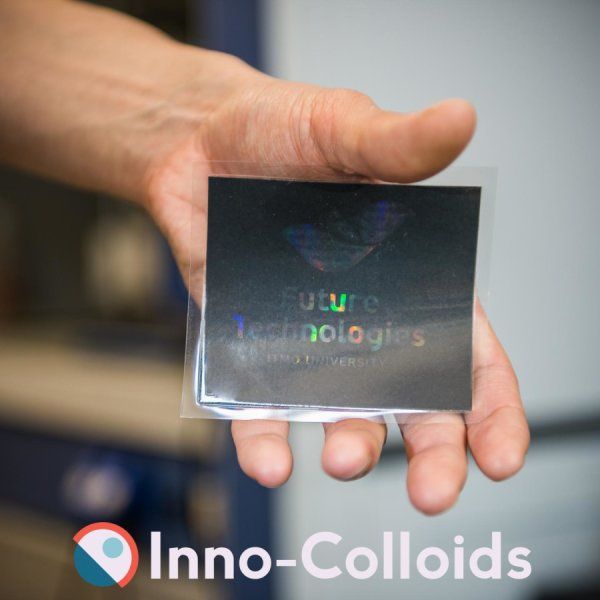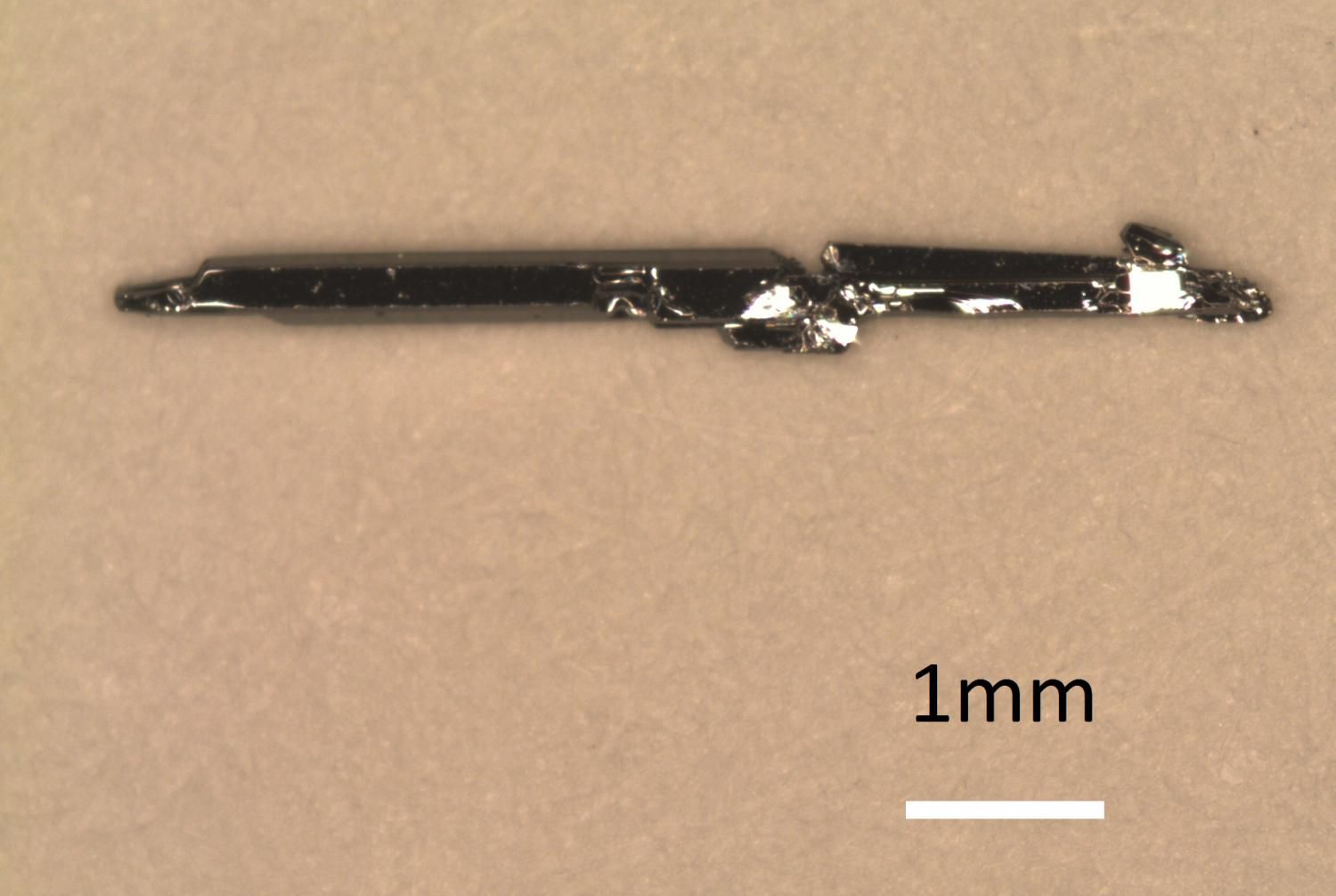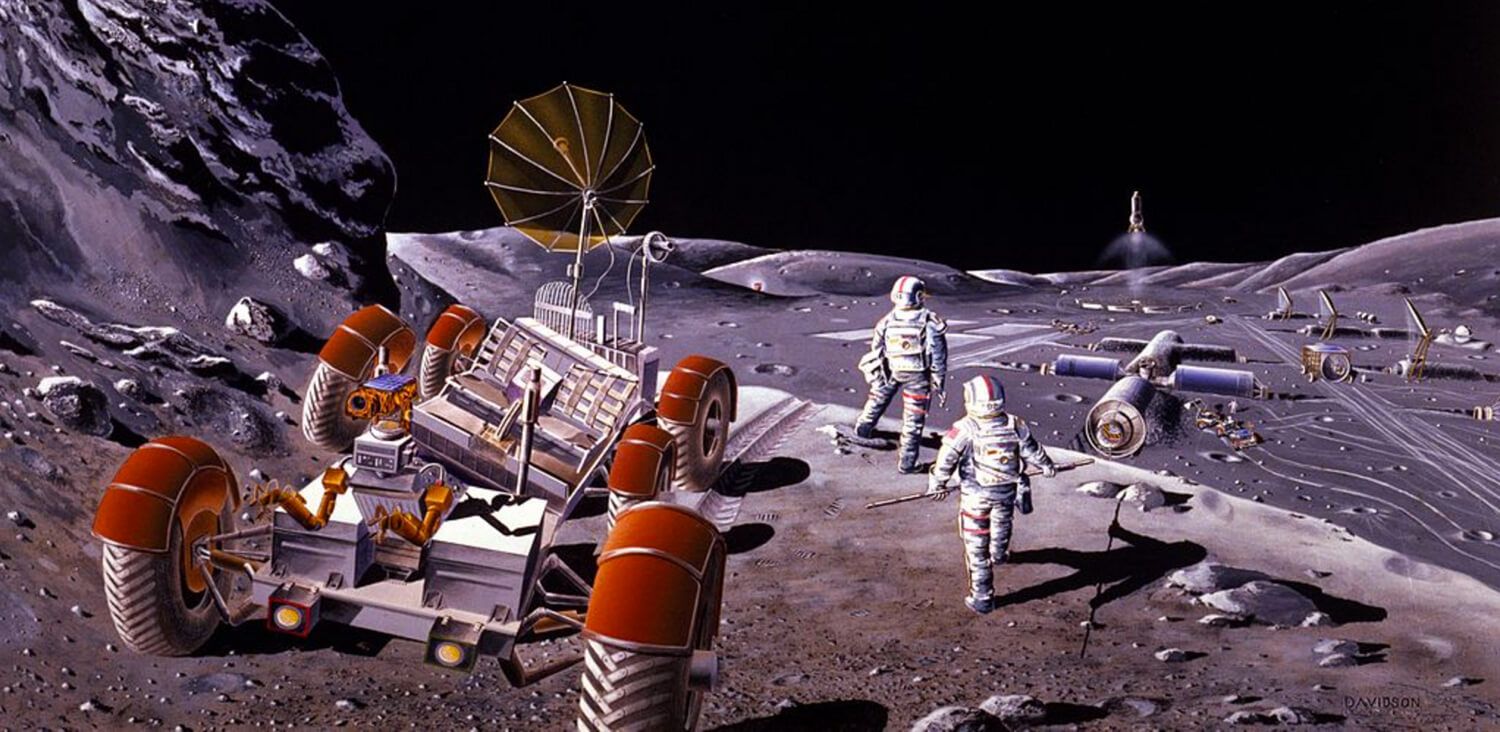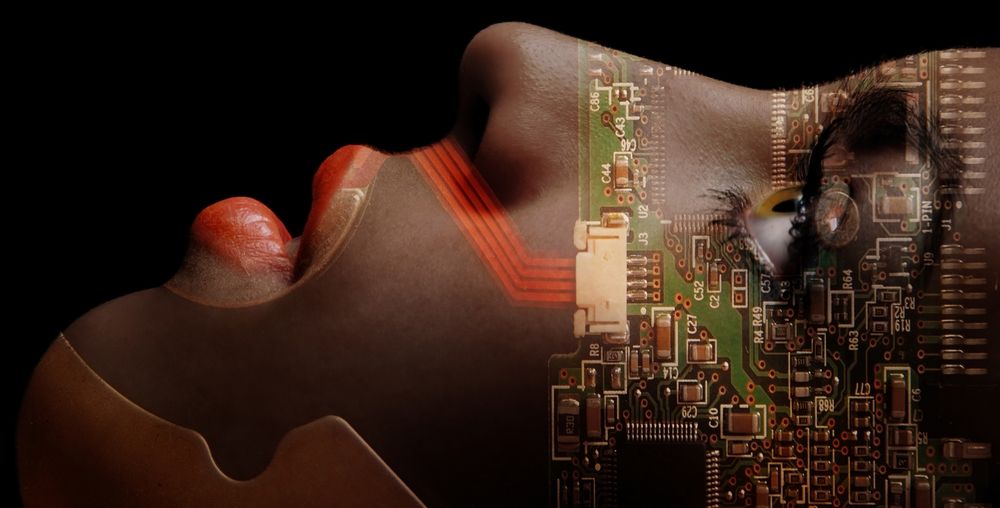Nov 25, 2015
Toshiba Machine Announces a Metal 3D Printer Ten Times Faster Than Others on the Market
Posted by Shailesh Prasad in categories: 3D printing, innovation
It’s rare to see technology sectors advance as quickly as metal 3D printing has. Until very recently, the technology was lagging a bit behind other forms of 3D printing. Its cost, plus the size of the printers required, limited it mostly to large industrial companies, but just in the last few months there’s been a burst of innovations making metal printers smaller, cheaper and more accessible. From startups like Desktop Metal to major corporations like Additive Industries, this year’s major focus seems to be on advancing metal 3D printing.
The latest company to announce a new metal printer is Toshiba Corporation, which has, in conjunction with its machine tools unit Toshiba Machine, developed a prototype for a metal printer that promises to be ten times faster than most powder bed fusion sintering printers.
